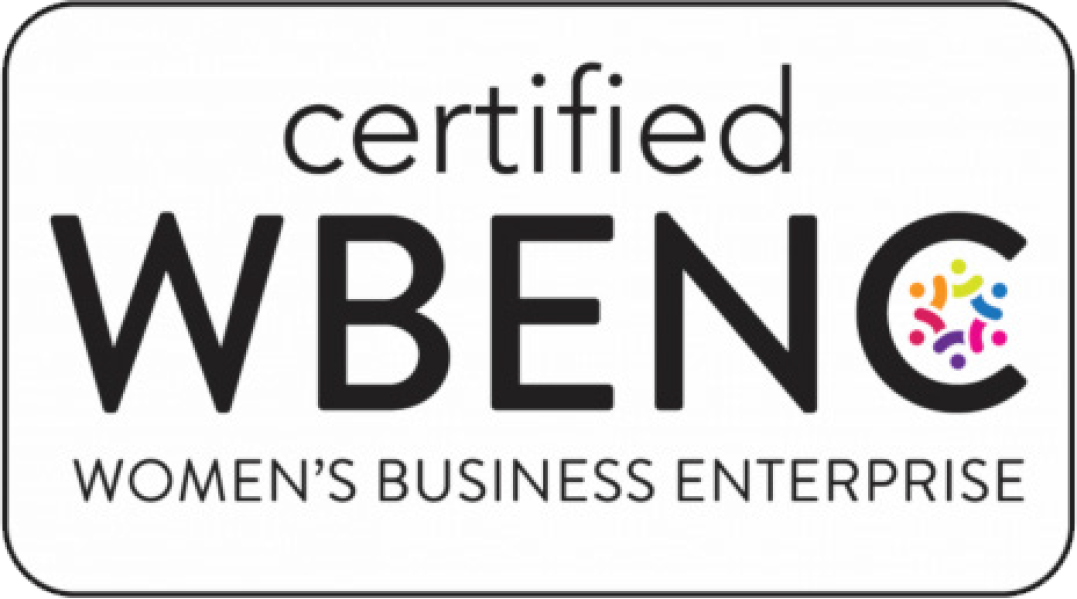Left to my own compulsive and perfectionist devices, I could easily spend a couple of hours laboring over a headline to give it the right punch. But, as I shift my focus to my desktop clock and deadlines, I’m usually motivated to stop grinding away at the keyboard. Instead, I try to lock in to what makes a headline powerful.
So what are some benchmarks for a strong headline? My thinking typically goes something like this:
Not too fluffy.
Not too obscure.
Not too formal.
Just right.
Staying out of fluff territory is usually easy for me, but there have been times when I careened into the land of the bland and vague. This happened recently when I wrote a headline for a multi-fold flier that spoke broadly of “wide-open possibilities.” Fortunately, the art director on the project held me to task on my mistake.
Not holding back on any punches, he said, “Come on, Eileen, you know you have to give me something to latch on to.” I believe he actually used the words, “Come on, Eileen.”
I knew exactly what he meant. My headline did not lend itself in any concrete way to a powerful visual. It communicated in generalities and offered nothing particularly interesting to the reader—or my art director partner.
Just minutes later, in one of those aha moments that can come from working with a great art director, or downing a Friends-size mug of coffee, I realized exactly how I had gotten off track. I had written the headline without grounding it in an idea.
The idea is at the core of every marketing message. It’s what gives words their color, texture and latchability.
One compelling example of how an idea can give words color is this series of ads created for a teeth-whitening practice. The campaign takes items that are typically yellow, like a rubber duck, and depicts them as white objects. The headline is stylized in clean white type and reads, “We don’t like yellow.”
The white duck is one big golden egg of an idea. So how do you get there?
The answer is simple. Focus on the unique selling proposition of your product or service and think about how it might translate to an original concept.
Step back and look at the picture you’re creating
Once you have the start of an idea, try to picture it in a distinct way. Then, you can frame the words to support the picture.
You know you’ve hit the mark when the visual and headline are in close alignment. One example of such design and copy synchronization is this upside-down M&M ad that celebrated women’s history month in 2017. The headline reads, “Flip the status quo.”
Now chances are you’re not writing copy for a high-profile print ad. Maybe you’re tackling an online landing page. Or perhaps you’re working on a direct mail postcard. You can still think about your big idea for the piece and what the headline for that idea might be.
As you craft your headline, select words that provide the spark for a complementary visual, if you don’t already have one in mind. Try to communicate the benefit in an interesting or unusual way and see where that takes you.
Even if your budget limits you to stock photography, you can still effectively frame your headline for graphic impact.
Consider action words and mind your adjectives
Use of specific action words can make it easier to find an attention-getting image that appeals to your audiences on an emotional level.
If you use adjectives at all, apply them sparingly and consider turning them into nouns. Find examples like Nutella’s “Spread the happy” in this Slate article. The word “happy” provided a foundation for not only the visuals in the campaign, but also the smile face formatting of the headline.
It’s okay to go for slightly askew
Keep in mind that being creative often means breaking a few grammatical rules. In other words, “Think different” or “Eat Mor Chikin,” whichever you prefer.
Challenge yourself to break the mold without using clichéd phrases like break the mold.
If you’ve stepped back and found that you’ve framed your headline in a way that’s too off-center, or off-brand, you can always adjust it.
Just do yourself a favor and try not to get caught up in achieving perfection.
Need help in framing your marketing message? Contact the WordsFresh writing team for ideas on how to engage prospects and convert them into customers. Tell us about your project.
Left to my own compulsive and perfectionist devices, I could easily spend a couple of hours laboring over a headline to give it the right punch. But, as I shift my focus to my desktop clock and deadlines, I’m usually motivated to stop grinding away at the keyboard. Instead, I try to lock in to what makes a headline powerful.
So what are some benchmarks for a strong headline? My thinking typically goes something like this:
Not too fluffy.
Not too obscure.
Not too formal.
Just right.
Staying out of fluff territory is usually easy for me, but there have been times when I careened into the land of the bland and vague. This happened recently when I wrote a headline for a multi-fold flier that spoke broadly of “wide-open possibilities.” Fortunately, the art director on the project held me to task on my mistake.
Not holding back on any punches, he said, “Come on, Eileen, you know you have to give me something to latch on to.” I believe he actually used the words, “Come on, Eileen.”
I knew exactly what he meant. My headline did not lend itself in any concrete way to a powerful visual. It communicated in generalities and offered nothing particularly interesting to the reader—or my art director partner.
Just minutes later, in one of those aha moments that can come from working with a great art director, or downing a Friends-size mug of coffee, I realized exactly how I had gotten off track. I had written the headline without grounding it in an idea.
The idea is at the core of every marketing message. It’s what gives words their color, texture and latchability.
One compelling example of how an idea can give words color is this series of ads created for a teeth-whitening practice. The campaign takes items that are typically yellow, like a rubber duck, and depicts them as white objects. The headline is stylized in clean white type and reads, “We don’t like yellow.”
The white duck is one big golden egg of an idea. So how do you get there?
The answer is simple. Focus on the unique selling proposition of your product or service and think about how it might translate to an original concept.
Step back and look at the picture you’re creating
Once you have the start of an idea, try to picture it in a distinct way. Then, you can frame the words to support the picture.
You know you’ve hit the mark when the visual and headline are in close alignment. One example of such design and copy synchronization is this upside-down M&M ad that celebrated women’s history month in 2017. The headline reads, “Flip the status quo.”
Now chances are you’re not writing copy for a high-profile print ad. Maybe you’re tackling an online landing page. Or perhaps you’re working on a direct mail postcard. You can still think about your big idea for the piece and what the headline for that idea might be.
As you craft your headline, select words that provide the spark for a complementary visual, if you don’t already have one in mind. Try to communicate the benefit in an interesting or unusual way and see where that takes you.
Even if your budget limits you to stock photography, you can still effectively frame your headline for graphic impact.
Consider action words and mind your adjectives
Use of specific action words can make it easier to find an attention-getting image that appeals to your audiences on an emotional level.
If you use adjectives at all, apply them sparingly and consider turning them into nouns. Find examples like Nutella’s “Spread the happy” in this Slate article. The word “happy” provided a foundation for not only the visuals in the campaign, but also the smile face formatting of the headline.
It’s okay to go for slightly askew
Keep in mind that being creative often means breaking a few grammatical rules. In other words, “Think different” or “Eat Mor Chikin,” whichever you prefer.
Challenge yourself to break the mold without using clichéd phrases like break the mold.
If you’ve stepped back and found that you’ve framed your headline in a way that’s too off-center, or off-brand, you can always adjust it.
Just do yourself a favor and try not to get caught up in achieving perfection.
Need help in framing your marketing message? Contact the WordsFresh writing team for ideas on how to engage prospects and convert them into customers. Tell us about your project.


